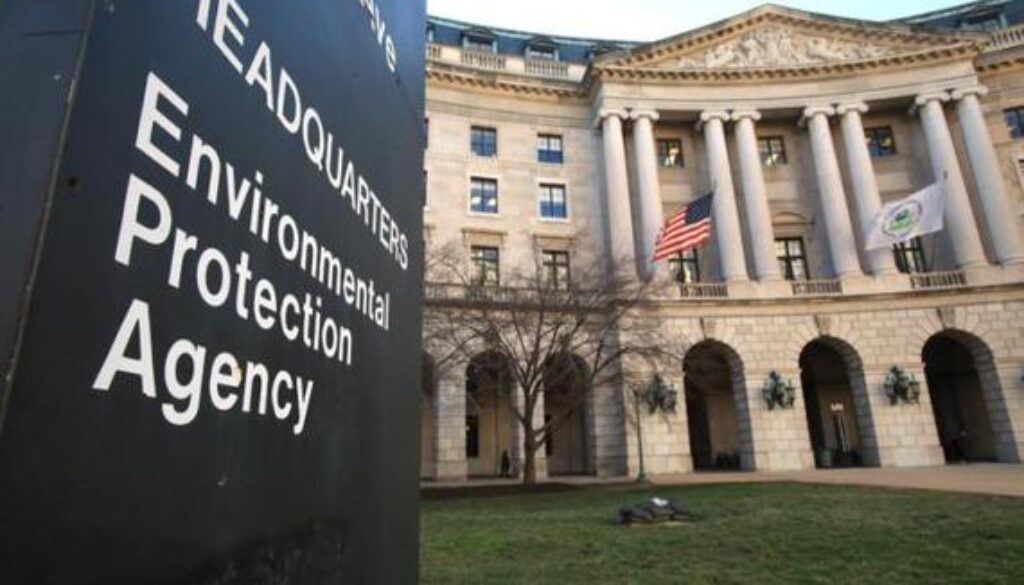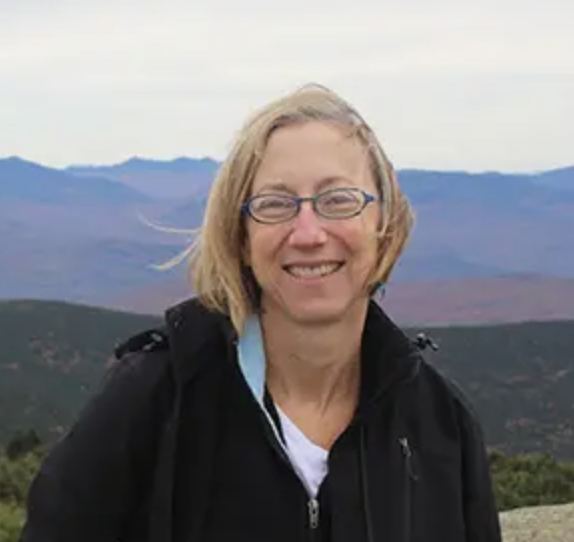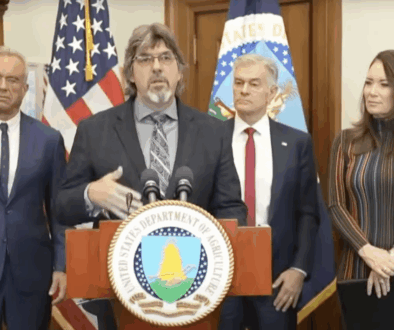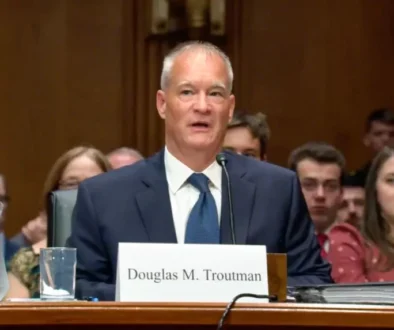Q&A: A feared return to the “dark ages of science” seen in EPA’s dismantling of research unit
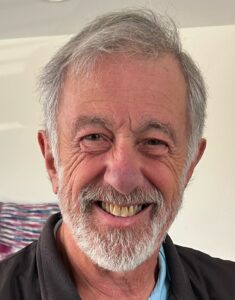
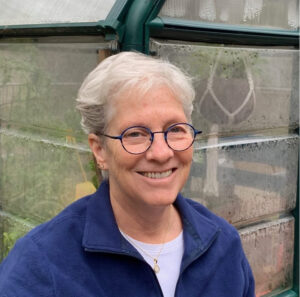
By Meg Wilcox
The Environmental Protection Agency (EPA) confirmed on Friday a plan to eliminate its science research arm in a move critics say will significantly undermine protections for human and environmental health.
The agency’s decision to eliminate the Office of Research and Development (ORD) ends a 47-year mission aimed at providing independent research to inform EPA policies on a range of issues, including air and water quality, chemical safety, climate change, sustainability, and cleanups of contaminated areas. ORD coordinates this work through six primary research programs and 11 laboratory centers.
The work of ORD will be absorbed by other programs, and EPA Administrator Lee Zeldin said in a statement that the agency is “better equipped than ever to deliver on our core mission of protecting human health and the environment…” The “reduction in force” impacting ORD will “ensure we can better fulfill that mission while being responsible stewards of your hard-earned tax dollars,” Zeldin said.
The EPA has already lost 22% of its staff from dismissals and voluntary retirements since January 2025.
In ORD’s place, EPA will create the Office of Applied Science and Environmental Solutions (OASES) to“prioritize research and science more than ever before,” according to Zeldin.
But while Zeldin touts the moves as a win for the public, critics are sounding alarm bells. One aspect of ORD’s work that will be hampered is its work studying cancer and non-cancer health effects of chronic exposure to environmental contaminants, said the group Public Employees for Environmental Responsibility (PEER).
The New Lede spoke with two former ORD directors, Dan Costa and Jennifer Orme-Zavaleta, about what a reorganized science program would look like and what’s at stake. The interviews are edited for brevity and clarity.
Costa worked at EPA for 31 years and was national research program director for air, climate and energy research program, at EPA’s Research Triangle Park (RTP) when he retired in 2018. Orme-Zavelta spent 40 years at EPA and was the principal deputy assistant administrator for science at ORD, when she retired in 2021.
Q: What do we know about the new OASES program?
A: Orme-Zavaleta- This new office would be created in the administrator’s office and staff from the different ORD centers [who are not being fired] would move to the main program offices, the chemical, air and water offices.
[In terms of work priorities] OASES will have three main divisions. One will include a lot of methods work, but it’s unclear if they will have any monitoring responsibility. A second engineering and environmental solutions division will be housed at Ada, Oklahoma, and then a third will be the coastal sciences solutions division.
It’s my impression that all six national research programs go away. Since it’s unclear whether any group will be doing research, the programs would be moot.
Q: What’s the significance of placing the new science office within the EPA administrator’s office?
A: Orme-Zavaleta- Greater political oversight. It will not be run by a Senate confirmed position, as [ORD] is now.
The function really seems to be that of an in-house contract lab, as opposed to an independent science research and development organization. [Research staff] won’t do anything unless a program office knocks on the door and says, please develop a method for me on x. The research, thinking ahead and being prepared appears to be at risk.
Q: Why is it concerning that remaining ORD staff will move into program offices?
A: Costa- There has to be tension between the policy people and the science people. If you put all the science people into the policy office, it’s common speak. The Clean Air Act explicitly says that [these functions] should be separate.
Government workers, regardless of the administration, may not totally agree with the way something’s done, and you may at some point object to something, but basically, you follow the guidelines. I worked in seven different administrations, and some will lean one way, some the other, and you did what you were supposed to do. There are times when science needs to challenge existing policy and vice versa. If you now stick people into a supervisory chain, and your boss tells you to do something because its “Administration Policy”, you damn well do it.
Q: Can you provide an example of when scientists’ independence was important for protecting the public’s health?
A: Costa- When the Clean Air Act was passed and the first national ambient air quality for ozone was established, it was a one-hour standard based on the data that existed back in the 60s and very early 70s, [using] the prototype Los Angeles atmosphere where there’s a big ozone peak when people are most at risk. As the suburbs grew, that peak spread in time up to maybe six to eight hours. The health science folks decided to do some studies to look at this issue where you may be exposed below the existing standard but over several hours … [but] the policy folks thought it was a waste of effort.
The [scientists] did those studies, and lo and behold, over that eight-hour period, the impact on lung function was cumulative. So, the peak wasn’t driving [the impacts], it was the exposure over that entire period. And now we have an eight-hour standard for ozone. It completely changed the way we look at ozone.
Q: What’s your response to critics who say that ORD needed greater accountability and oversight?
A: Orme-Zavaleta- The work was done for a purpose, and it was in response to the priorities of the programs, or if there was a priority that came in from the administration, or from advisory groups, or through appropriations, because everything ORD does is funded through Congress. ORD doesn’t have a slush fund to go play, which is why this argument now that the current administration is making is just baloney.
Q: What are some of the research areas you’re most concerned about?
A: Orme-Zavaleta- One of the things that ORD had the responsibility for, and really did a great service, was looking down the road at emerging issues, whether it was endocrine disruptors, PFAS compounds, microplastics, harmful algal blooms, or wildfire smoke. ORD would conduct research, gather information and help the agency decide [if it needed] to act. That particular function appears to be lost.
The other real concern I have is … ORD had developed a significant capability and expertise to deal with national security threats, whether they were human caused or natural events. They’ve helped with hurricanes, with Deep Water Horizon, and the Fukushima pile of debris that was coming towards the US. They have the primary role of helping to clean up and help with recovery efforts, and that, I think will be lost.
A: Costa- The Chapel Hill Human Exposure Lab. It is a premier, one-of-its kind, internationally known and respected laboratory that’s [already] been closed. The lab was established for doing human studies. They wanted to be near a hospital and health care facilities, so EPA gave the University of North Carolina (UNC) the money to build the facility, and UNC leased it back to EPA.
EPA and UNC each had laboratories there. Now the EPA people are gone and the testing equipment is being dismantled and removed. The money funding the cooperative agreement with the University was canceled. Other monies funding other contracts responsible for operations are gone.
Q: What’s an example of the human exposure lab’s work?
A: Costa- A lot of [recent] efforts have been looking at wildland fires and how do you communicate to folks [about what they can do to protect themselves.] One of the studies that was ongoing was putting smoke in the chambers and looking at different air filtering devices. You can go on Amazon and buy these things, but which ones are better, and how do you tell people what’s good? They were doing work helping people get the information they need to make good decisions about their own health and their families.
Q: What’s the impact of closing the Chapel Hill facility?
A: Costa- It kills that kind of work, probably forever, and that facility cost a lot to put in place. And like so many things that were started decades ago, to recreate it all over again, is just cost prohibitive.
A: Orme-Zavaleta- Even if they were to change their minds, it will still take years to get it back up and running, because you have to rehire contractors, and it’s a unique expertise on how to run those facilities, and then you have to recalibrate all the equipment.
The administration was successful in doing what the Republicans have wanted to do for a long time, which was shut down that facility. And the primary reason is it provides detailed information on the health impact of air pollutants on human lung function, so it tended to make the regulations more conservative limits, and they didn’t like that.
Q: What do we know about what will become of ORD laboratories studying things like molecular markers?
A: Costa- Some of that work [could] continue, but it’s hard to say. They’re really trying to push review of existing material, and oftentimes a lot of material comes from industry labs or contractors, with the aim to assess whether something is “safe or acceptable.” It feels like we’re moving into the Middle Ages, the dark ages of science … of adhering to some kind of doctrine, which is everything safe, unless you can prove otherwise.
Q: What will it take to one day rebuild EPA?
A: Orme-Zavaleta- We’re really at a crossroads now of what we expect from government. I don’t know that we’ll have the normal that we were used to, because I think this [administration] has successfully raised the question of the role of federal government [and is] trying to privatize everything or push it off to the states.
The private sector isn’t thinking about public service. They’re thinking their bottom line and their shareholders, so the American people are going to get shortchanged.
The states don’t have the capability or the capacity to do what’s needed, and then you end up with a fruit salad. So instead of a national policy, you’re going to have 50 different views and perspectives. It’ll be a lot of inconsistency on all fronts, whether it’s health care or the environment. It’s going to be a mess.
